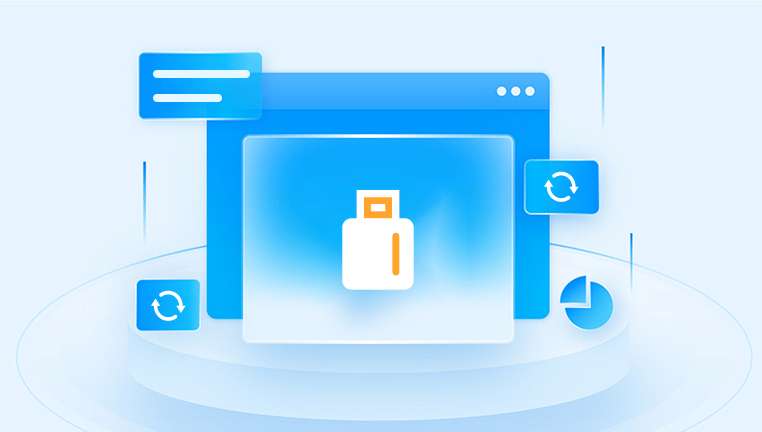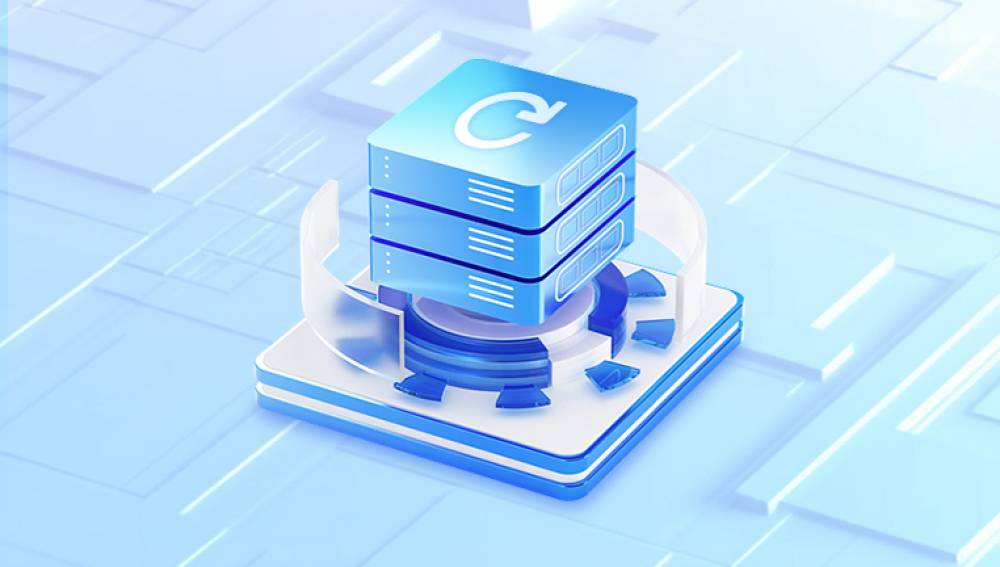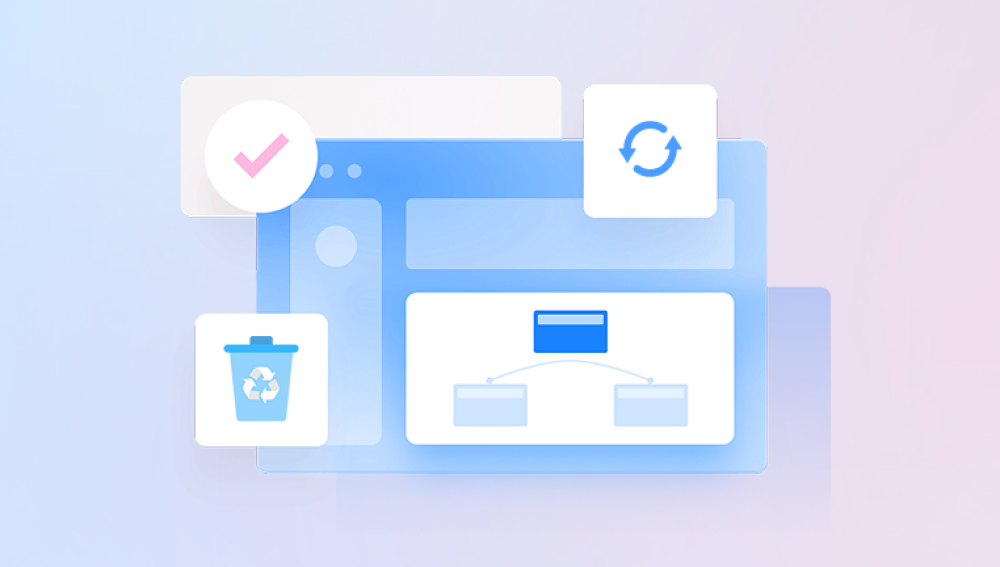One such common issue encountered by users is the message: "This document is either deleted or not currently accessible." This notification can be both alarming and disruptive, especially when the document in question is critical to ongoing tasks or projects.
1. Understanding the Error Message
The notification "This document is either deleted or not currently accessible" is indicative of a problem with document accessibility within a digital platform. It generally points to one of the following scenarios:
Document Deletion: The document may have been deleted, either intentionally or accidentally. This could have been done by the document owner, an administrator, or another user with the necessary permissions.

Access Permissions: Access to the document might be restricted, either because the user's permissions have been revoked, or because the document is set to private or restricted visibility. This often occurs when the document is shared with specific individuals or groups, and the permissions are subsequently altered.
Broken or Incorrect Link: If the document is being accessed via a hyperlink, the link may be broken, incorrect, or outdated. This often occurs when documents are moved, renamed, or deleted without updating the associated links.
Temporary Network Issues: Network connectivity problems, server downtime, or other temporary technical issues can prevent access to documents. In such cases, the issue might resolve itself once the network or server stabilizes.
Document Corruption: In rare cases, the document itself may be corrupted, rendering it inaccessible. Corruption can occur due to various reasons, such as improper saving, file transfer errors, or system crashes.
2. Investigating the Cause
To effectively address the issue, it is essential to diagnose the root cause. This process typically involves several steps:
Verify Permissions:
Check Your Access Rights: Ensure that you have the appropriate permissions to view or edit the document. This can usually be done by reviewing the document’s sharing settings or contacting the document owner.
Request Access: If you do not have access, you may need to request it from the owner or administrator. This can often be done directly through the platform's interface.
Check the Document’s Status:
Confirm Deletion Status: If you suspect the document has been deleted, check the platform’s trash or recycle bin. Many platforms retain deleted documents for a certain period, allowing them to be recovered if necessary.
Review Recent Activity: Some platforms provide activity logs that show recent actions taken on a document, including deletions or changes in permissions.
Test the Link:
Verify the URL: If accessing the document via a link, ensure that the URL is correct and complete. Sometimes, copying and pasting a link can inadvertently truncate it, leading to accessibility issues.
Try Alternative Access Methods: If the link appears to be broken, try accessing the document through alternative means, such as navigating directly through the platform’s interface.
Network and Technical Checks:
Test Your Connection: Ensure that your internet connection is stable and functioning properly. A simple test is to try accessing other documents or web pages to see if they load correctly.
Contact IT Support: If network issues persist, it may be necessary to consult with your IT department or the platform’s support team for further assistance.
3. Solutions and Remedial Actions
Once the cause of the issue has been identified, the following steps can be taken to resolve it:
Recovering Deleted Documents:
Restore from Trash: If the document was deleted, it may be possible to restore it from the platform’s trash or recycle bin. This action typically restores the document to its original state, along with any associated permissions.
Contact the Administrator: If the document cannot be found in the trash, contacting the platform administrator or support team may help in recovering the document, especially if backups are available.
Addressing Permission Issues:
Update Sharing Settings: If access was revoked or permissions were altered, the document owner or an administrator can update the sharing settings to grant the necessary access rights.
Share Alternative Copies: If permissions cannot be adjusted, consider sharing an alternative version of the document, if one exists, to ensure that work can continue without disruption.
Correcting Link Issues:
Update the Link: If the link was broken or incorrect, ensure that it is updated to reflect the correct document location. This may involve generating a new link or navigating to the document manually and copying the correct URL.
Communicate Changes: If the document was moved or renamed, communicate these changes to all relevant parties to prevent future accessibility issues.
Technical Troubleshooting:
Resolve Network Issues: If the problem is due to network connectivity or server issues, waiting for the network to stabilize or contacting technical support may be necessary.
File Repair: In the case of document corruption, specialized tools or support from the platform provider may be needed to attempt a repair or recovery of the document.
4. Preventive Measures
To avoid encountering similar issues in the future, consider implementing the following preventive measures:
Regular Backups: Regularly back up important documents to prevent data loss in the event of accidental deletion or corruption. Many platforms offer automatic backup features that can be configured according to user preferences.
Access Control Best Practices:
Carefully Manage Permissions: Only grant access to those who truly need it, and regularly review permissions to ensure they are up to date. This can prevent unauthorized changes or accidental deletions.
Use Version Control: Utilize version control features where available to track changes and revert to previous versions if needed. This is especially useful in collaborative environments.
Maintain Clear Communication:
Notify Changes: When moving, renaming, or deleting documents, notify all relevant parties to avoid confusion and accessibility issues.
Document Important Links: Keep a record of important document links, and regularly verify that they are still functioning correctly.
Technical Training:
Educate Users: Provide training for all users on how to properly manage and share documents within the platform. This includes understanding permission settings, the importance of regular backups, and how to troubleshoot common issues.
Encourage Best Practices: Promote best practices for document management, such as regular audits of document accessibility and clear labeling of documents and their locations.




